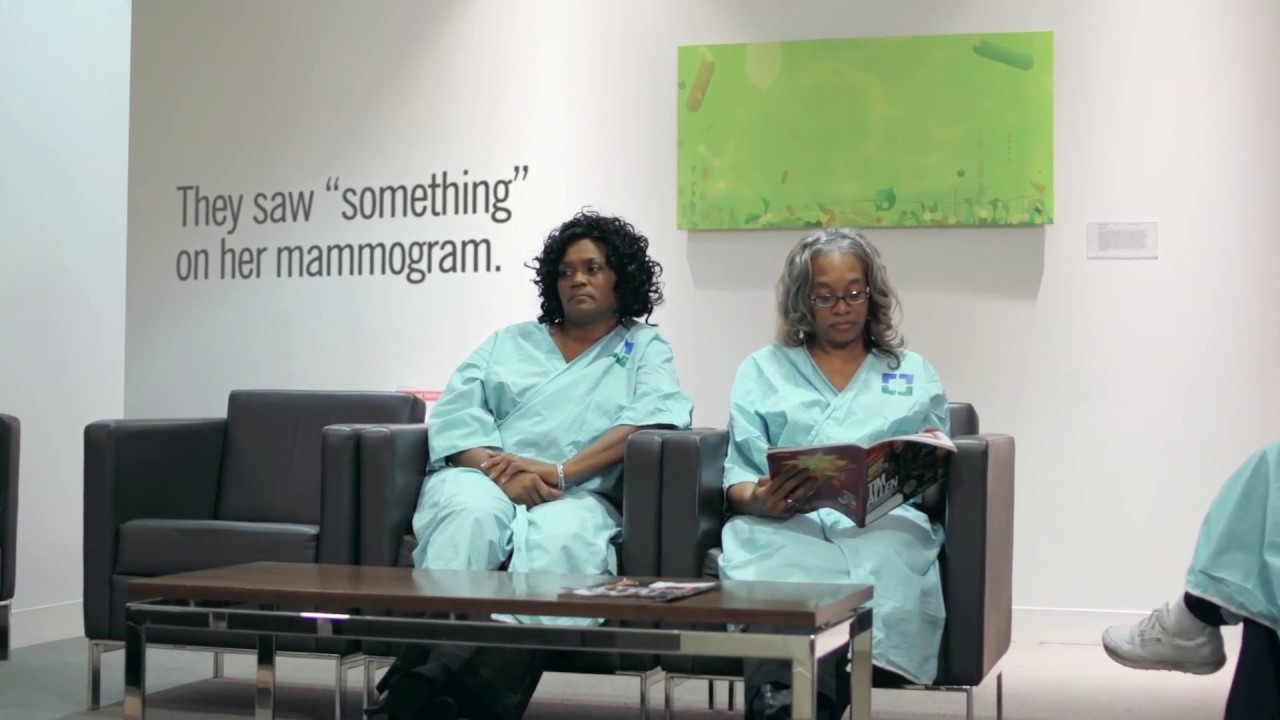Three years ago, I shared this 4-minute video on empathy from the Cleveland Clinic in a blog post. It’s become the most-read post on my blog. More than 3.1 million people have also viewed it on YouTube.
If you haven’t seen it, please watch. If you have seen it, watch it again. It will show or remind you that understanding how another person is feeling and why they are feeling that way can elevate caregiving to another level.
Actually, it can elevate all human relationships to another level.

But beyond human interaction, the design of the physical environment itself can also help make the human connection to patient care. That’s why empathy is such a powerful tool to have in your design toolbox.
How Do You Design With Empathy?
The late great architect Michael Graves, who spent the last 12 years of his life in a wheelchair, felt that to design a truly great healthcare facility, you needed to have been a patient yourself.
I don’t agree with that.
Many architects and designers I know have spent time in healthcare facilities as “mock patients” to understand what the experience might feel like. Probably some of them have posed as “mock staff members,” too.
You don’t have to have had a life-changing health event to design a facility that is supportive and comforting. I’m not saying it wouldn’t give you a valuable perspective. But being able to identify and understand what patients, families, and staff are feeling is really what it’s all about.
In the spirit of the season, we can all try raising our empathy bar a little. Thank you, Cleveland Clinic, for reminding us what a powerful tool empathy can be in many aspects of our lives and work.
Merry Christmas and Happy Holidays, everyone!
P.S. Please do me a favor — if you liked this post and like this blog, please share it with others by sending them the link or posting it on your Twitter, LinkedIn, or Facebook. Also, don’t forget to subscribe so you’ll get emails when new content is posted. Thanks!
If you like this post, please share.

What’s my story? I’m a healthcare and senior living design knowledge expert who writes and speaks frequently about trends and issues affecting these two industries. I’m also a strategic marketing consultant and content creator, working with companies and organizations who want to improve the quality of healthcare and senior living through the design of the physical environment. You can reach me at [email protected].


One Response
Couldn’t agree more Sara. See my own Nov 2015 post on the need for empathy:
http://www.skwarchitects.com/communications/blog/building-empathy